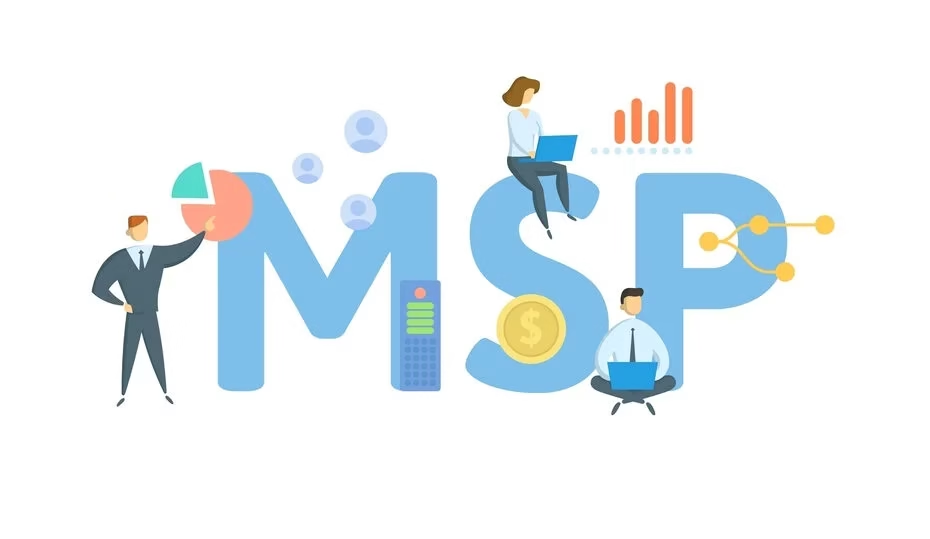In today’s globalized business environment, international hiring has become a strategic necessity for many organizations. International employees’ diverse perspectives and skill sets can drive innovation, creativity, and growth.
However, navigating cultural differences in international hiring requires a nuanced and thoughtful approach to ensure that the integration of international employees is seamless and beneficial for the entire organization.
This article provides actionable tips to successfully manage and embrace cultural diversity within your organization.
Key Takeaways
- Recognize and respect cultural differences in the workplace to foster a harmonious environment.
- Tailor communication strategies to bridge cultural gaps and ensure seamless interaction.
- Create flexible and inclusive work environments to engage and retain international employees.
- Implement training and development programs to enhance cultural awareness and skills.
Understanding Cultural Nuances
Before diving into the complexities of international hiring, it’s crucial to understand the cultural nuances that different candidates bring. Cultural awareness can prevent misunderstandings and foster a more harmonious work environment. For instance, what is considered assertive in one culture might be regarded as aggressive in another.
Understanding these cultural subtleties will help create an inclusive environment where all employees feel respected and valued. When practicing staff augmentation, this understanding helps place the right candidate in a role where they can thrive without clashing with the existing team dynamics.
Consider the importance of non-verbal communication, as it varies significantly across cultures. In some cultures, maintaining eye contact is a sign of confidence and honesty; in others, it might be perceived as disrespectful. Recognizing these differences and educating your team can create a more cohesive and collaborative environment. Additionally, understanding cultural celebrations, holidays, and customs can help you schedule meetings and set deadlines that are considerate of all team members.
Effective Communication Strategies
Effective communication is the cornerstone of any successful team, but it becomes even more critical when cultural differences are in play. Developing robust communication strategies ensures that all employees—regardless of cultural background—are on the same page. Here are some strategies to ensure seamless communication:
- Use Clear and Simple Language: Avoid jargon or idiomatic expressions that may not translate well. Simple language reduces the risk of misinterpretation and makes it easier to convey your message.
- Utilize Multiple Communication Channels: Different people may prefer different methods of communication. Offering options like email, instant messaging, and video calls ensures everyone stays in the loop and feels included in the conversation.
- Active Listening: Pay attention to the words and your international team members’ tone and body language. Active listening shows respect and helps understand the words’ true intent.
- Regular Feedback: Provide timely and constructive feedback. Encourage open dialogue where employees feel safe to express their ideas and concerns. This fosters an environment of continuous improvement and inclusion.
These strategies help in building a culture of open and effective communication. Setting up regular team meetings and using collaborative tools like Slack or Microsoft Teams can further bolster communication efforts.
Adapting to Different Work Ethics
Different cultures have varying attitudes towards work and authority. Some prioritize punctuality and efficiency, measuring success by productivity and meeting deadlines. In contrast, other cultures might emphasize building relationships and ensuring that the process is fully understood before proceeding. Understanding these differences can help you create policies that accommodate various work ethics, providing a more balanced and respectful workplace.
For example, in high-context cultures, communication may be more indirect, and employees might rely heavily on non-verbal cues. Here, building trust and relationships is critical to successful collaboration. In low-context cultures, communication is more direct, focusing on clear, explicit messages.
Adapting your management style to these nuances can create a more inclusive and productive work environment. Offering flexibility in work hours, encouraging a balance between professional and personal life, and recognizing that different cultures have different approaches to achieving their goals can go a long way in fostering a cooperative and respectful workplace.
Strategies for an Inclusive Workplace
Creating an inclusive workplace means more than just recognizing diversity; it involves actively making efforts to include everyone. This requires a conscious effort to develop policies and practices that promote equality and respect for all employees:
- Diversity Training: Implement training programs that focus on cultural sensitivity and understanding. These programs should educate employees about the importance of diversity and equip them with the skills to work effectively in a multicultural environment.
- Inclusive Policies: Ensure that your company policies are inclusive and do not discriminate against any group. This includes equal-opportunity hiring practices, anti-discrimination policies, and support for work-life balance.
- Celebrations and Recognitions: Celebrate cultural diversity by recognizing various cultural festivals and encouraging employees to share their traditions. This not only boosts morale but also fosters a sense of belonging.
Implementing these strategies can help create a workplace where all employees feel valued and included, regardless of their cultural background. Regularly reviewing and updating your inclusion policies ensures they remain practical and relevant.
Training and Development
Continuous learning is the key to sustaining a high-performing team. Implement training programs focusing on technical and soft skills like cultural sensitivity and effective communication. Encourage employees to participate in language courses, artistic workshops, and other development activities that will enrich their understanding of diverse cultures.
Providing training on global business etiquette, cultural differences, and inclusive leadership can help employees navigate the complexities of a multicultural workplace.
Additionally, offering development opportunities tailored to individual career paths ensures that all employees can grow and contribute to the organization’s success. Creating a culture that values learning and development attracts top talent and positions your organization as a leader in diversity and inclusion.
Conclusion
Navigating cultural differences in international hiring can be complex, but with the right strategies, it is entirely achievable. By understanding cultural nuances, employing effective communication strategies, adapting to different work ethics, and fostering an inclusive environment, businesses can create a workplace where everyone feels valued and engaged.
Investing in training and development further ensures that your team is well-equipped to handle the challenges and opportunities of cultural diversity. Embrace these tips to make international hiring a successful and enriching experience for your organization, leading to a more innovative, productive, and harmonious workplace.






